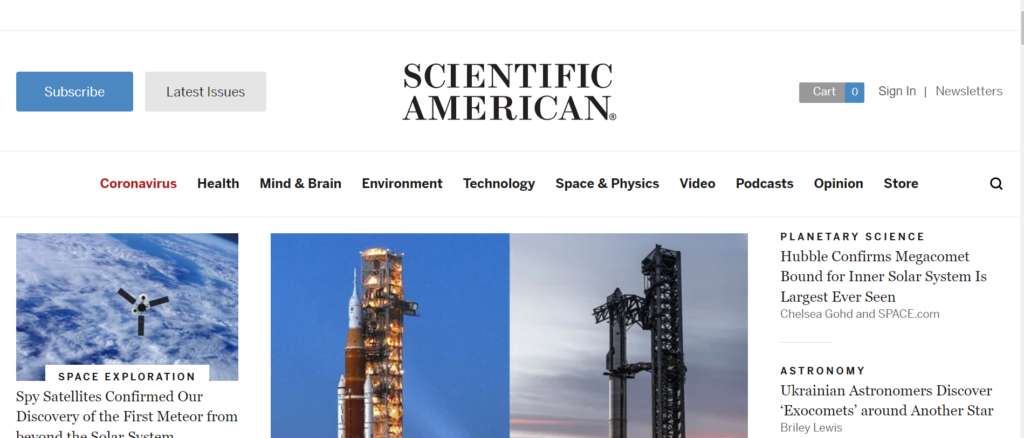
The European Union has an idea to help save the planet from the future ravages of climate change: Make a duplicate.The initiative, known as “Destination Earth,” will draw on a host of environmental, socioeconomic and satellite data to develop digital “twins” of the planet that aim to help policymakers — and eventually the public — better understand and respond to rising temperatures.It will pair that data with artificial intelligence techniques to analyze human and natural activity and allow for simulations that will predict future environmental change and its impacts. The idea is that the ability to better anticipate coming hazards — such as droughts, storms and sea-level rise — and simulate their outcomes can help companies, communities and government leaders craft strategies to prevent or respond to them.
Policymakers, for example, could use the information to evaluate the impacts of proposed legislation or test proposed solutions against alternatives, according to the European Commission. It’s leading the initiative in partnership with the European Space Agency, the European Centre for Medium-Range Weather Forecasts and the European Organisation for the Exploitation of Meteorological Satellites.A series of digital clones will be rolled out in the coming years, with the first two focused on extreme weather events and climate adaptation. Local authorities can use those replicas to model drought management plans, for example, and test the effectiveness of drought-resistant crops or disruptions to hydropower production when water levels are low. Another possible use would be for a renewable energy company to draw on the information provided by Destination Earth to determine the best place to put wind turbines to generate the maximum amount of energy. The company also could run simulations to see whether that infrastructure is vulnerable to future climate extremes or severe storms, said Peter Bauer, deputy director of research at the European Centre for Medium-Range Weather Forecasts, the organization developing the digital replicas, during the launch of the initiative last week. The aim is to ultimately combine those different clones to create a complete replica of Earth’s systems over the next decade. A series of assessments by the United Nations’ Intergovernmental Panel on Climate Change has outlined how rising emissions are worsening climate disasters, food and water insecurity, and extinctions — making attempts to model and predict future climate impacts all the more meaningful. “These simulation engines and the data and everything that goes into them are incredibly important for us to act in these complex environments when it’s not just one crisis but it’s a set of compounding crises,” said Evan Tachovsky, global director of the World Resources Institute’s Data Lab, which is not involved with the E.U. initiative. There’s plenty of need for more investment in these sorts of tools and approaches, he said. While the E.U. platform is focused on helping Europe achieve its target of cutting greenhouse gas emissions to zero by 2050, Bauer said the concept is transferable to other regions.
Source: https://www.scientificamerican.com/article/digital-earth-twins-could-help-address-climate-cha

